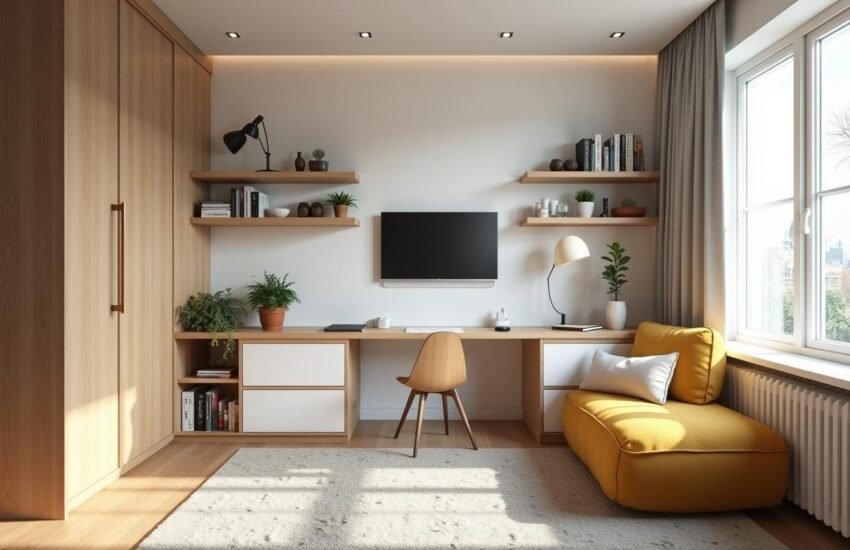From Weathered to Wonderful: A Comprehensive Guide to Precisely Estimating Your Home’s Exterior Painting Costs
Refreshing the exterior of your home with a new coat of paint delivers far more than an instant boost in curb appeal, as it forms an essential protective barrier that shields against weather damage, moisture, pests, and everyday wear and tear.
Over time, a well-executed paint job can not only rejuvenate a home’s appearance but also significantly raise property value. However, embarking on an exterior painting project requires thorough planning and awareness of the investment involved. Understanding the cost to paint homes exterior upfront helps homeowners set a clear budget, anticipate potential challenges, and make informed decisions with confidence.
This guide will take you through everything you need to accurately estimate costs, from key price drivers to vital planning tips that ensure your finished project is both beautiful and lasting.

Factors Influencing Exterior Painting Costs
No two exterior painting projects are exactly the same, and your ultimate cost can vary widely depending on a handful of critical variables. These elements not only influence the total price of your paint job but also determine the amount of time, labor, and attention required to achieve a top-notch finish.
Home Size and Stories
The overall size of your home is by far the most influential factor in determining both the scope of the project and its expense. Larger houses require more paint and demand increased labor hours, while multi-story homes introduce additional complexities.
Second- or third-story buildings typically require scaffolding or extra-tall ladders for safe access, which can lengthen setup times and increase labor costs. Unique architectural features, such as dormers, gables, or intricate trim, will also increase both the time required and the price, as more detail necessitates more meticulous work.
Siding Material
The surface material of your home’s exterior dictates much about the preparation and painting approach. Stucco, for example, is highly porous and may soak up more primer and paint, requiring multiple coats to achieve proper coverage and long-lasting protection. Brick, while durable, must often be cleaned thoroughly before painting and may need specialty products.
Wood siding frequently requires scraping, sanding, or replacing damaged sections before painting, which can add both time and labor costs. Vinyl siding tends to be less demanding but typically needs high-quality paint formulated to adhere to plastic.
Paint Quality
Opting for premium, weather-resistant exterior paints can increase the initial outlay but offers many advantages that pay dividends in the years that follow. High-quality paint tends to be more durable, resists fading and chalking, and can withstand the challenges of seasonal weather in your region. Not only will the color remain vibrant and true for longer, but you’ll also minimize the frequency of repaints or repairs, saving money in the long term.
Considerations
As you wrap up your planning, consider these further details to avoid last-minute surprises or complications with your exterior painting project:
- Climate: Weather matters. Plan your painting project for a season with mild temperatures, low humidity, and dry conditions, as rain or extreme heat can delay or spoil paint adhesion. Each region has an ideal painting season; your painter or local hardware store can advise on the best timing.
- Permits: Some municipalities or homeowner associations require permits or approval for exterior changes, including the use of new paint colors. Review local regulations before work begins to avoid delays or fines.
- Maintenance: After your home is painted, preventive maintenance goes a long way. Routine washing, periodic touch-ups, and quick responses to minor damage will keep your home’s exterior looking fresh and help your paint last its full intended lifespan.
- Environmental Concerns: Opt for environmentally friendly paints, such as low-VOC or no-VOC formulations, which are safer for your household and reduce harmful emissions. Dispose of paint, solvents, and old materials responsibly to help protect the environment. For guidance on eco-friendly painting options and how to manage paint disposal, especially when lead-based paint could be a factor, review the EPA’s renovation guidelines for homeowners.
Average Cost Estimates
With these variables in mind, it’s possible to get a broad sense of what professional painting might cost based on your home’s size. The table below provides a snapshot of typical price ranges, which include both labor and materials but exclude additional work such as major repairs or custom color matching.
| Home Size (Square Feet) | Estimated Cost Range |
| 1,000 | $1,500 – $4,000 |
| 1,500 | $2,250 – $6,000 |
| 2,000 | $6,000 |
| 2,000 | $3,000 – $8,000 |
| 2,500 | $3,750 – $10,000 |
| 3,000 | $4,500 – $12,000 |
Keep in mind that your actual cost can fluctuate based on factors like your geographic location, regional labor rates, accessibility (for example, houses set on hills or with extensive landscaping can be more difficult to work on), and whether your home has unusual design elements. Prices may also increase if repairs to woodwork or siding are needed before painting.


